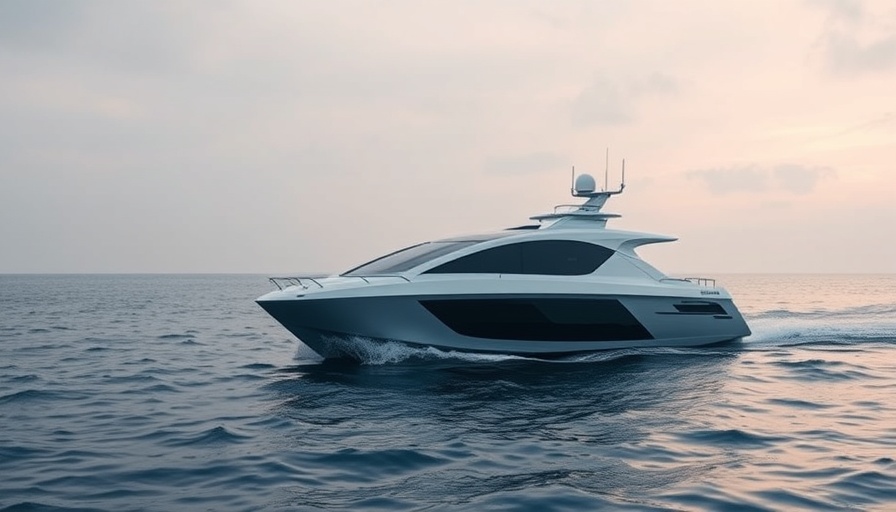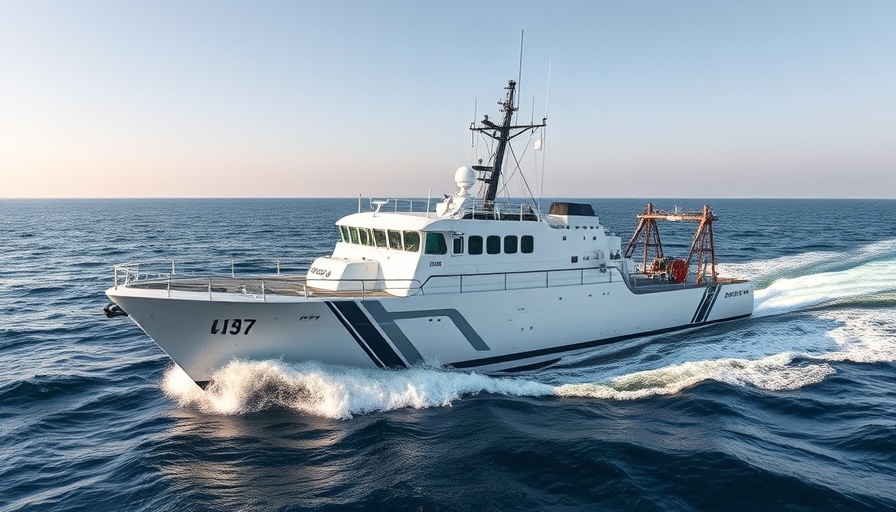
Revolutionizing Naval Capabilities with AI
The unveiling of HII's new AI-enabled ROMULUS family of unmanned surface vessels marks a pivotal moment in naval technology. These vessels, powered by advanced Odyssey systems, are designed to bolster the fleet's capabilities, enhancing both surveillance and operational effectiveness. Imagine a fleet of ships that can not only navigate the waters autonomously but also learn and adapt through artificial intelligence.
An Age of Automation: What ROMULUS Brings to the Table
The ROMULUS vessels promise to transform how the Navy engages in operations. Equipped with cutting-edge AI, they can conduct reconnaissance missions without direct human input, allowing for safer and more efficient missions. This innovative technology is not just about replacing manpower; it’s about improving the strategy and precision of maritime missions.
Broader Implications: A Look at the Future of Naval Warfare
As nations around the world advance their military technologies, the introduction of ROMULUS highlights a significant trend: the reliance on unmanned systems. HII's development signifies a shift towards automated solutions in naval warfare, potentially influencing global defense strategies. Other nations may soon follow suit, pushing the boundaries of technology and redefining what a modern fleet entails.
Engaging the Community in Innovation
Local communities involved in tech development play an essential role in these advancements. By supporting grassroots initiatives, HII strengthens ties with local innovators and talents, nurturing a spirit of collaboration that enhances national security.
Take Action for Knowledge
Understanding these technological advancements and their impact on global security is crucial. Stay informed about the developments in unmanned naval technology and their implications for national defense. Knowledge today prepares us for the challenges of tomorrow.
 Add Row
Add Row  Add
Add 




Write A Comment